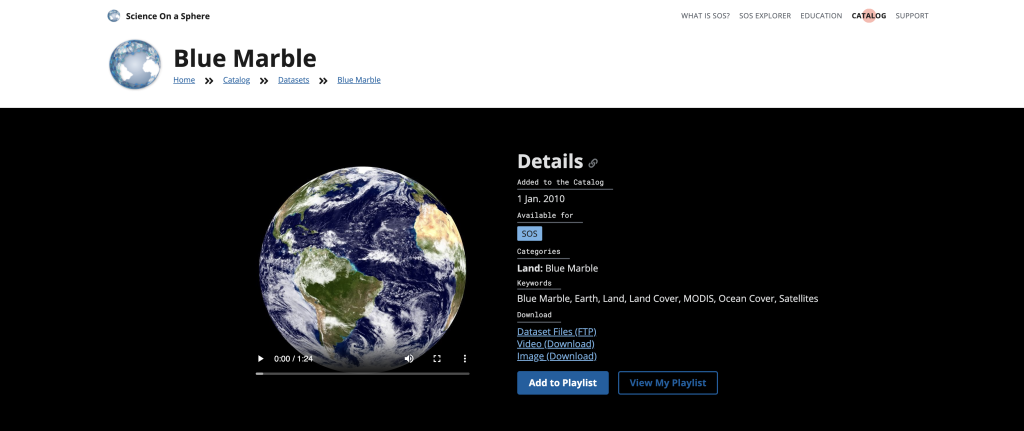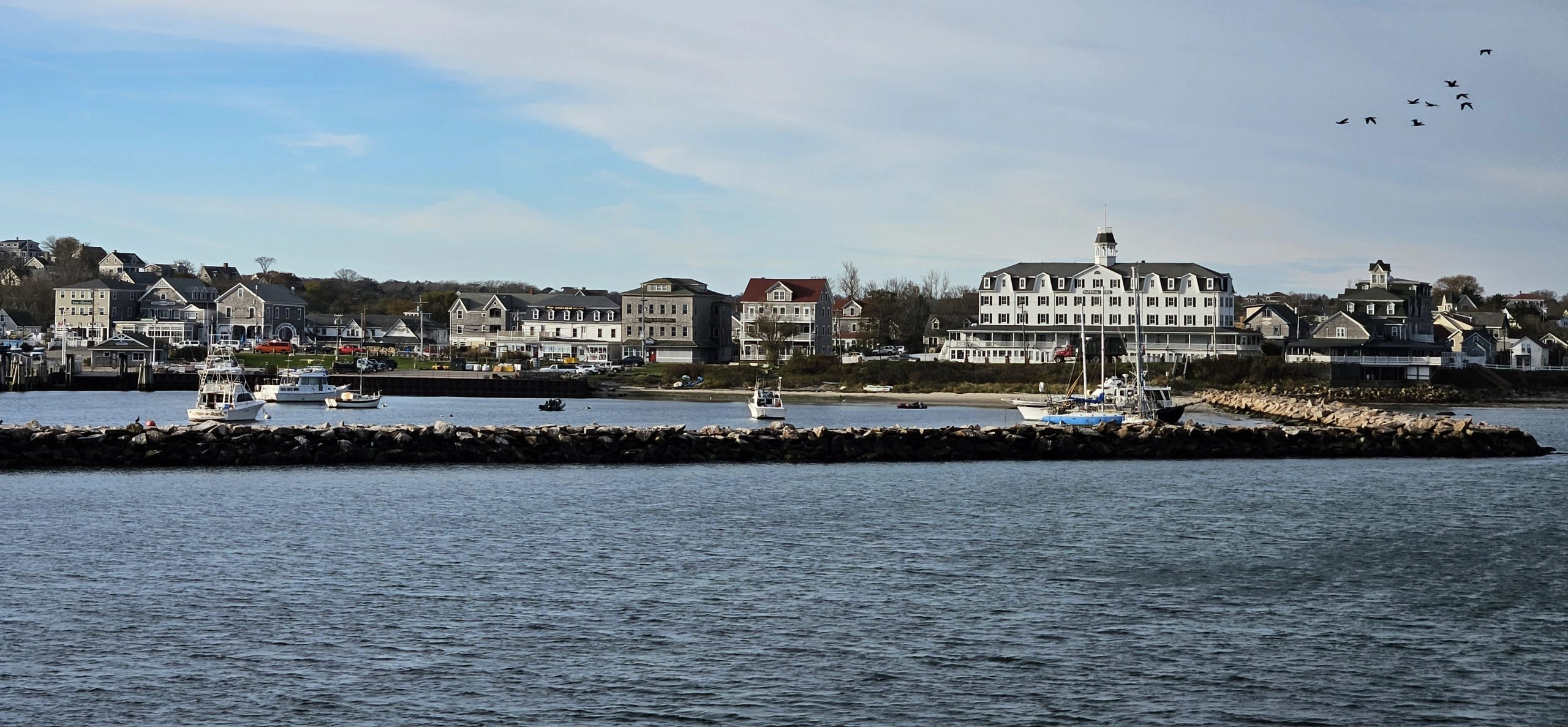NOAA has signed formal agreements to continue collaboration with two visual technology firms that are the leading providers of NOAA’s Science On a Sphere® spherical data visualization display systems and its flatscreen companion, SOS Explorer®.
NOAA’s Science On a Sphere (SOS) is a room-sized, global display system that projects visualizations of planetary data onto a six-foot diameter sphere to help illustrate Earth system science to people of all ages. NOAA’s Science On a Sphere Program develops data visualization technologies from mobile apps to large exhibits that feature interdisciplinary Earth and space data, along with supporting educational resources.
“This unique and unprecedented partnership allows NOAA’s science, through advanced visualization tools, to impact communities around the world,” said Jennifer Mahoney, director of NOAA’s Global Systems Laboratory, which developed the SOS display technology as well as SOS datasets and programs.
NOAA’s Science On a Sphere® has been installed in 27 countries and 34 states at some of the largest public-serving science centers and museums, including Smithsonian’s Natural History Museum in the Ocean Hall. Over 60 million people visit these institutions annually.
SOS and SOS Explorer (SOSx) provide a high-impact visual learning experience with cutting-edge visualizations of our planet in action tapping into a catalog of over 600 datasets including real-time weather and clouds, real-time earthquakes, hurricane paths, and climate change models.

The new Cooperative Research and Development Agreements (CRADAs) are with BWC Visual Technology of Maryland and Globoccess AG of Germany. BWC Visual Technology has been the leading provider of Science On a Sphere systems since 2006, having installed and designed over 200 permanent and temporary/traveling exhibits around the world. Globoccess AC, based in Hamburg, Germany, is a leader for spherical visual systems with over 300 sites in more than 50 countries. Globoccess has installed SOS systems in eight locations in India, and in Poland, Croatia, the Czech Republic and Colombia, with projects currently underway in Vietnam and Serbia.
Under the CRADAs, the two companies will install SOS and/or SOSx at various facilities, train staff, and support them once installation is complete. The collaboration also involves joint research and development in which the companies will provide input to NOAA about the user needs and developments within the fields of data display and visualization technologies. These collaborators will work with NOAA to develop new user control features and other software enhancements based on user feedback. Any software that is jointly developed will be released under an open-source license while software developed solely by the collaborator can be handled at their discretion.
NOAA’s Office of Education will provide ongoing operational support for the SOS and SOSx technologies and associated data catalog, ensuring the software is up to date and that real-time data feeds are continuous.
“We are very excited to work with BWC Visual Technology and Globoccess AG to increase access to NOAA data and information,” said Louisa Koch, director of NOAA Education.
NOAA’s Global Systems Laboratory will conduct foundational research into new technologies, user experience designs, human/computer interaction towards advancements in visualization, information systems, and data-delivery capabilities.
By entering into a five-year CRADA with these companies, NOAA will be able to grow the network of institutions with permanent exhibits of SOS and develop new user control features and software enhancements for SOS and SOSx.
NOAA regularly partners with private sector companies through CRADAs to conduct research and development work that is mutually beneficial and helps to accomplish NOAA’s mission.
For more information, contact Theo Stein, NOAA Communications: theo.stein@noaa.gov.

